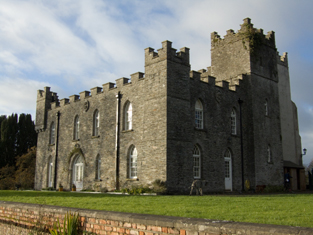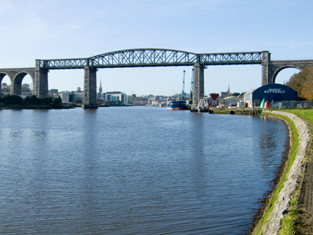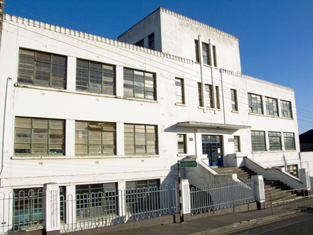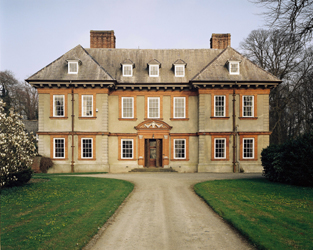Louth


 Most buildings included in the NIAH survey are private and are not publicly accessible, though churches, courthouses, and some civil and commercial buildings are of course accessible. However, highlighted here are a number of buildings and/or their grounds, ranging from country houses, to former military, prison and distillery buildings which are open to the public. Please contact each site to confirm openings time. Some sites have their own websites, such as:
Most buildings included in the NIAH survey are private and are not publicly accessible, though churches, courthouses, and some civil and commercial buildings are of course accessible. However, highlighted here are a number of buildings and/or their grounds, ranging from country houses, to former military, prison and distillery buildings which are open to the public. Please contact each site to confirm openings time. Some sites have their own websites, such as:
http://www.beaulieuhouse.ie/
http://www.knockabbeycastle.com/
http://www.millmount.net/
 The arrival of the railway in the nineteenth century had a significant impact in Louth, due its pivotal location between Dublin and Belfast. The Boyne Viaduct is a well-known and impressive introduction to Drogheda, and is a testament to the engineering achievements of the railway engineers.
The arrival of the railway in the nineteenth century had a significant impact in Louth, due its pivotal location between Dublin and Belfast. The Boyne Viaduct is a well-known and impressive introduction to Drogheda, and is a testament to the engineering achievements of the railway engineers.
The London and North Western Railway, as owners of the Dundalk, Newry and Greenore Railway, attempted to create an alternative passenger train and ferry route from Ireland to England, at Greenore on Carlingford Lough. This venture resulted in the construction of a railway village with a pair of semi-detached houses for managerial staff, terraced houses for workers, hotel and a number of other related structures.
The Great Northern Railway, established its engineering works at Dundalk in 1880. The company ‘s chief engineer, William Hemmingway Mills, designed impressive workshops, offices, recreational facilities and a worker’s village. Mills was also responsible for the fine railway station at Dundalk.
 The early years of the Free State saw the development of educational facilities. The Modernist style was adopted for many state buildings at this time, reflecting contemporary international fashion. St Laurence’s Community School, Drogheda, designed by Michael Scott and built in 1934, is an impressive example of International Modernism. It is an excellent example of this style which is immediately recognisable for its rejection of revivalism and ornamentation. The influence of Modernism is seen in other more modest school buildings in the county, which are notable for their simplicity and utilitarian form.
The early years of the Free State saw the development of educational facilities. The Modernist style was adopted for many state buildings at this time, reflecting contemporary international fashion. St Laurence’s Community School, Drogheda, designed by Michael Scott and built in 1934, is an impressive example of International Modernism. It is an excellent example of this style which is immediately recognisable for its rejection of revivalism and ornamentation. The influence of Modernism is seen in other more modest school buildings in the county, which are notable for their simplicity and utilitarian form.
 The eighteenth century saw the construction of classically inspired country houses, dispersed throughout the county. Set in fertile agricultural land, these houses were at the centre of estate lands whose wealth was derived from the production of livestock and crops, which found ready markets at the industrial centres and ports of Drogheda and Dundalk. Many landowners employed architects to build imposing country houses, suitable to their wealth and status. Fortunately many of these have survived and retain much of their character and charm.
The eighteenth century saw the construction of classically inspired country houses, dispersed throughout the county. Set in fertile agricultural land, these houses were at the centre of estate lands whose wealth was derived from the production of livestock and crops, which found ready markets at the industrial centres and ports of Drogheda and Dundalk. Many landowners employed architects to build imposing country houses, suitable to their wealth and status. Fortunately many of these have survived and retain much of their character and charm.